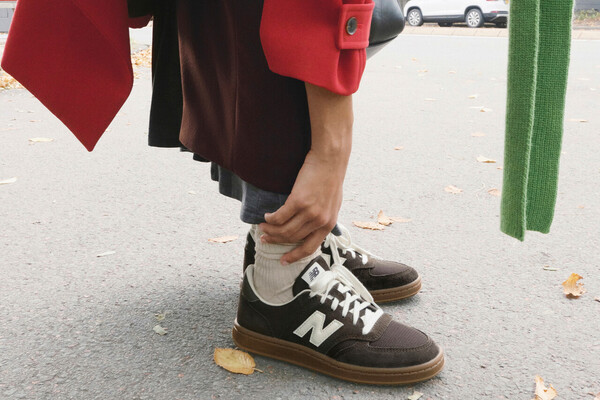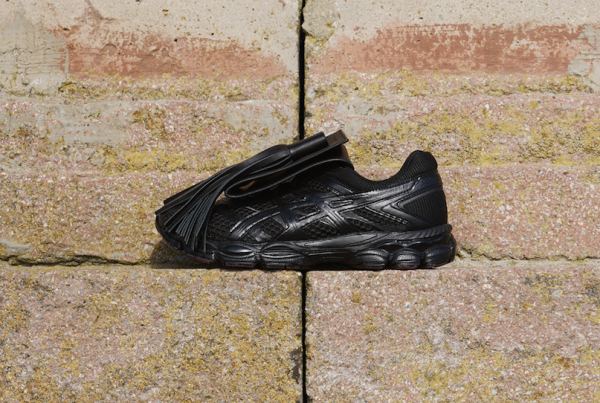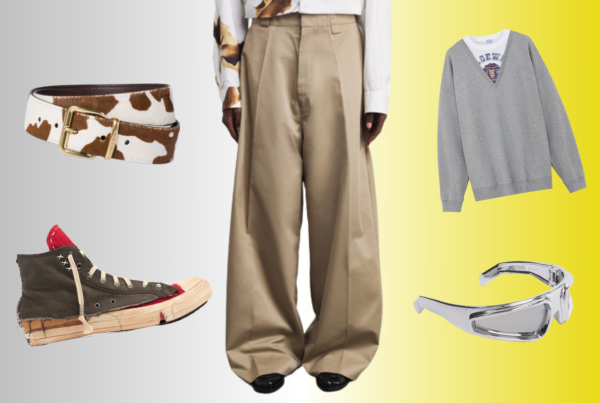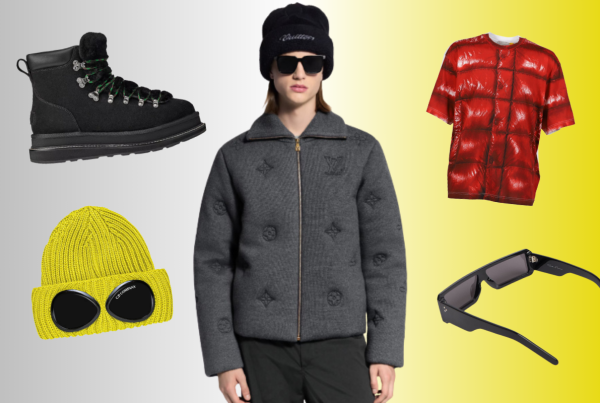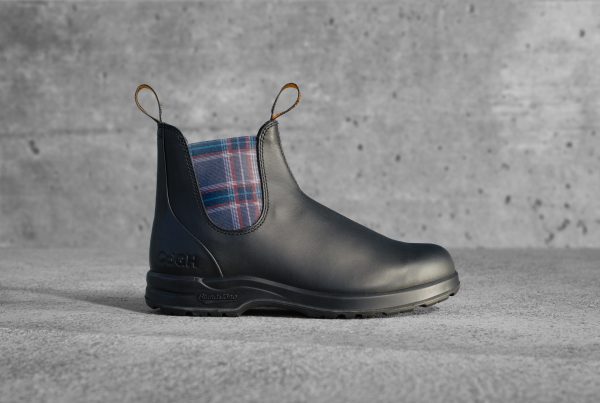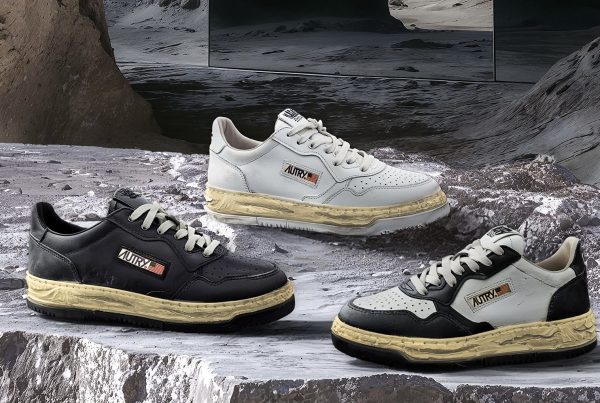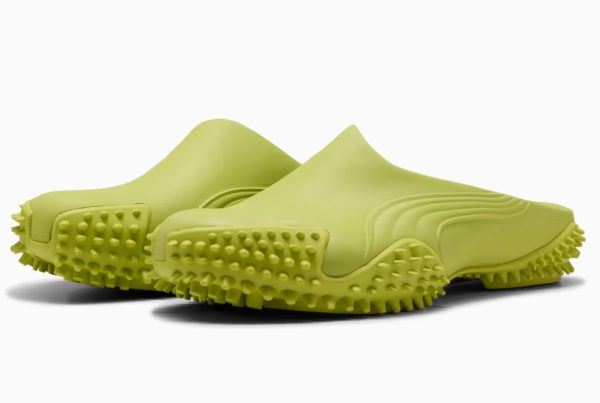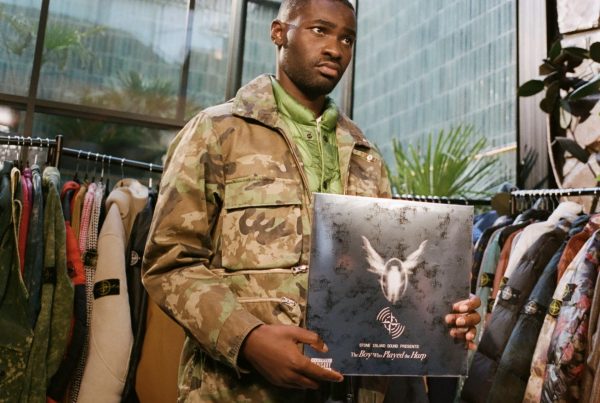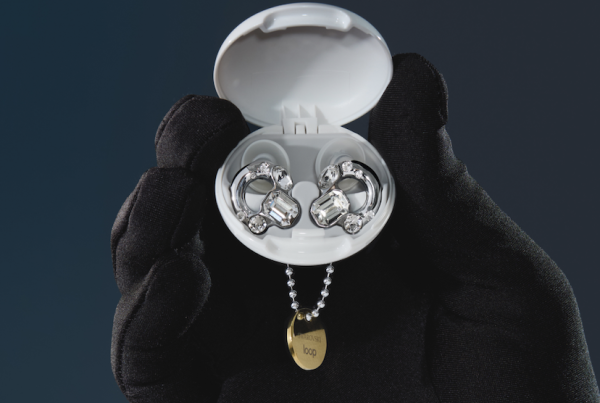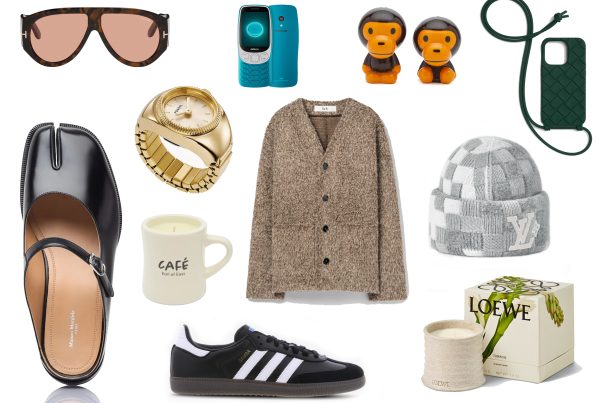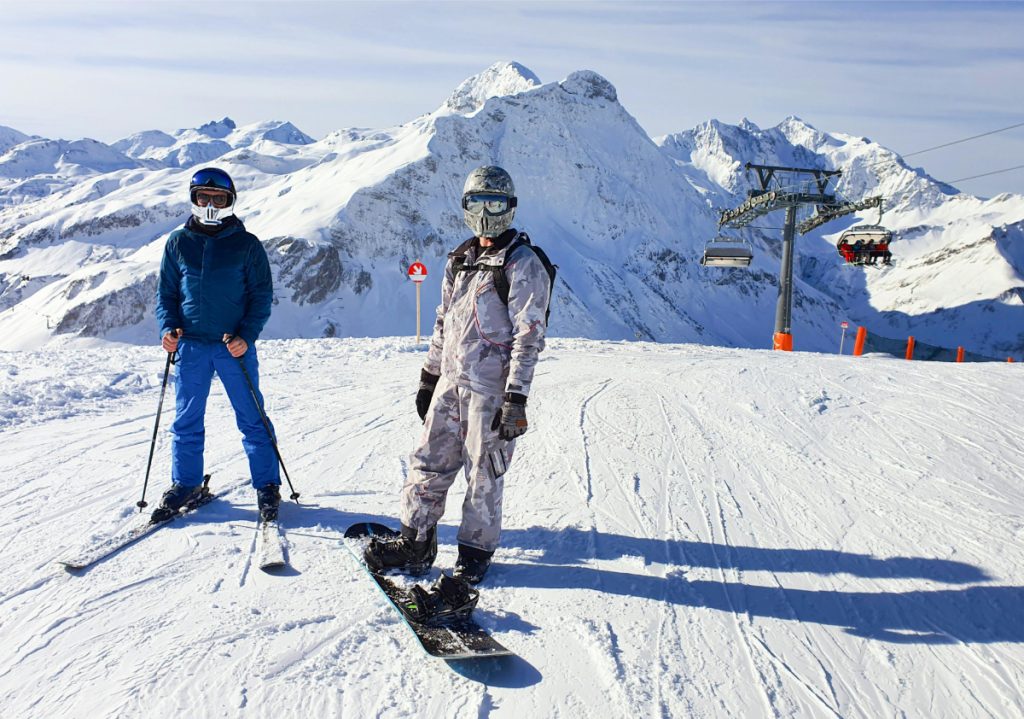
When you head out to the slopes with your family, tackling challenging terrain can be both thrilling and intimidating. Ensuring that everyone has the right gear for family ski holidays is essential, as you need to be prepared for varying weather conditions. Skiing on more advanced slopes requires not just skill and confidence but also the right approach to packing, planning and gearing up.
Matching gear to conditions
As you prepare for challenging slopes, terrain and weather will dictate the gear you need. Ski equipment suited for gentle pistes may not perform well on steep, icy runs or in variable snow conditions. For high-altitude resorts or areas with heavy wind and freeze-thaw cycles, choose gear that can withstand these elements. Stiffer skis with a narrower sidecut offer better edge control and stability on difficult terrain.
Weather also impacts gear performance. On windy, cold days, select skis and poles that provide precision, and ensure your boots are stiff enough for a firm grip without compromising comfort. Your outerwear should offer warmth and protection, especially in icy or windy conditions.
Building a smart layering system
Staying comfortable on demanding slopes relies on a solid layering system. Go for a base, mid, shell and optional layers. The base layer should wick moisture away, ideally using materials like merino wool or synthetics. The mid-layer provides insulation, such as fleece or down, to trap warmth.
The outer shell should be windproof and waterproof, with durability and breathability for challenging conditions. Reinforced trousers are essential for steep slopes. An optional layer, like a fleece or extra jacket, can be added if conditions change or you spend time at higher altitudes. For tougher terrain, a windproof shell is crucial to combat gusty winds.
Critical equipment for challenging slopes
Choosing the right skis and boots is crucial for difficult slopes. Stiffer skis offer more control on icy, technical runs and longer skis improve stability, especially for off-piste or deep snow. All-mountain skis balance versatility and stability for both soft and hard conditions.
Boot fit is key – ensure they’re snug but not tight, with enough flex for movement without sacrificing control. Stiffer boots provide better support on steep slopes but may be less forgiving.
Bindings should be properly set to your weight and skill level to prevent injuries. For off-piste skiing, always carry essential safety gear, including a helmet, back protector and avalanche kit. A back protector shields your spine, while avalanche gear, like a beacon, probe and shovel, is vital for off-trail skiing.
Family planning and logistics
When skiing with children, preparation is key. Consider how to transport and store gear – ski bags with rolling or backpack straps are convenient for skis and poles, while smaller bags work for boots and helmets.
Be mindful of your children’s stamina by balancing challenging runs with rest periods. Frequent breaks are essential, especially for younger skiers or those still learning. Always check gear for proper fit and function before hitting the slopes. Family-friendly resorts often provide lockers for easy gear storage.
Have a backup plan in case of injury or severe weather. Know the nearest medical facilities and make sure your family is prepared for tough conditions. If the slopes become too challenging, plan alternative activities like indoor play areas or guided lessons.

